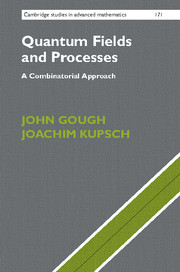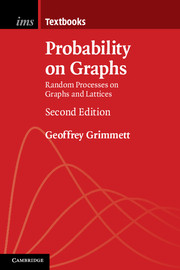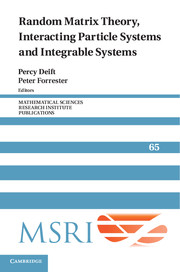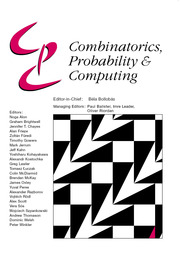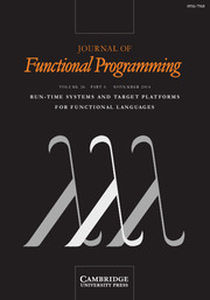Quantum Fields and Processes
Wick ordering of creation and annihilation operators is of fundamental importance for computing averages and correlations in quantum field theory and, by extension, in the Hudson–Parthasarathy theory of quantum stochastic processes, quantum mechanics, stochastic processes, and probability. This book develops the unified combinatorial framework behind these examples, starting with the simplest mathematically, and working up to the Fock space setting for quantum fields. Emphasizing ideas from combinatorics such as the role of lattice of partitions for multiple stochastic integrals by Wallstrom–Rota and combinatorial species by Joyal, it presents insights coming from quantum probability. It also introduces a 'field calculus' which acts as a succinct alternative to standard Feynman diagrams and formulates quantum field theory (cumulant moments, Dyson–Schwinger equation, tree expansions, 1-particle irreducibility) in this language. Featuring many worked examples, the book is aimed at mathematical physicists, quantum field theorists, and probabilists, including graduate and advanced undergraduate students.
- Introduces a new combinatorial calculus that provides an alternative to the usual Feynman diagram expansions
- Provides detailed worked examples that demonstrate a broad range of applications
- Offers a unified approach to combinatorial formulas for multiple stochastic integrals
Reviews & endorsements
'This book offers an excellent account of the probabilistic aspects of quantum theory, focused on the interplay between quantum field theory and quantum stochastic calculus. The text is highly accessible thanks to the careful choice of topics and the systematic use of elegant combinatorial and algebraic methods. This makes the book suitable for graduate level teaching and self-study. I highly recommend it as a timely addition to the classical literature on quantum probability.' Madalin Guta, University of Nottingham
Product details
April 2018Hardback
9781108416764
338 pages
234 × 155 × 24 mm
0.62kg
Available
Table of Contents
- Preface
- Notation
- 1. Introduction to combinatorics
- 2. Probabilistic Moments and Cumulants
- 3. Quantum probability
- 4. Quantum fields
- 5. Combinatorial species
- 6. Combinatorial aspects of quantum fields: Feynman diagrams
- 7. Entropy, large deviations and legendre transforms
- 8. Introduction to Fock spaces
- 9. Operators and fields on the Boson Fock space
- 10. L2-representations of the Boson Fock space
- 11. Local fields on the Boson Fock space: free fields
- 12. Local fields on the Boson Fock space: interacting fields
- 13. Quantum stochastic calculus
- 14. Quantum stochastic limits
- Bibliography
- Index.

